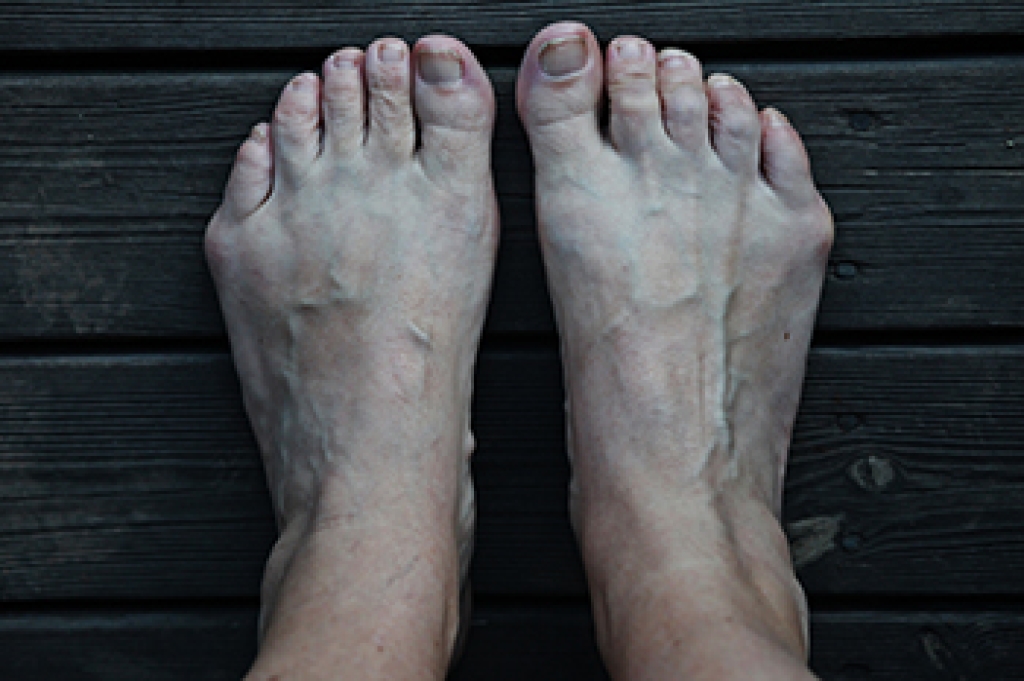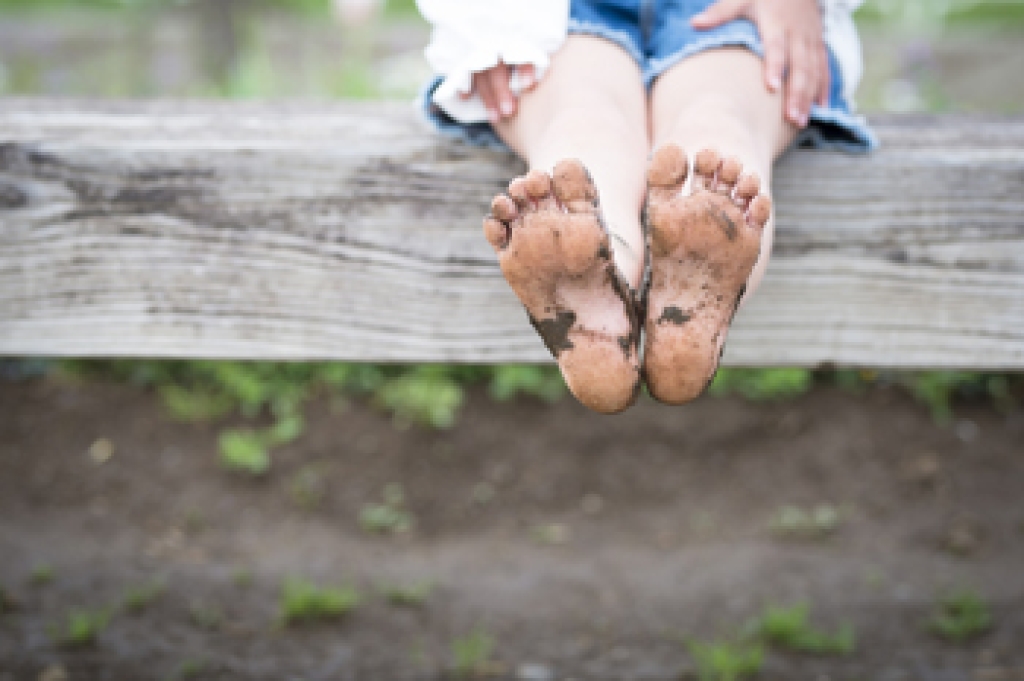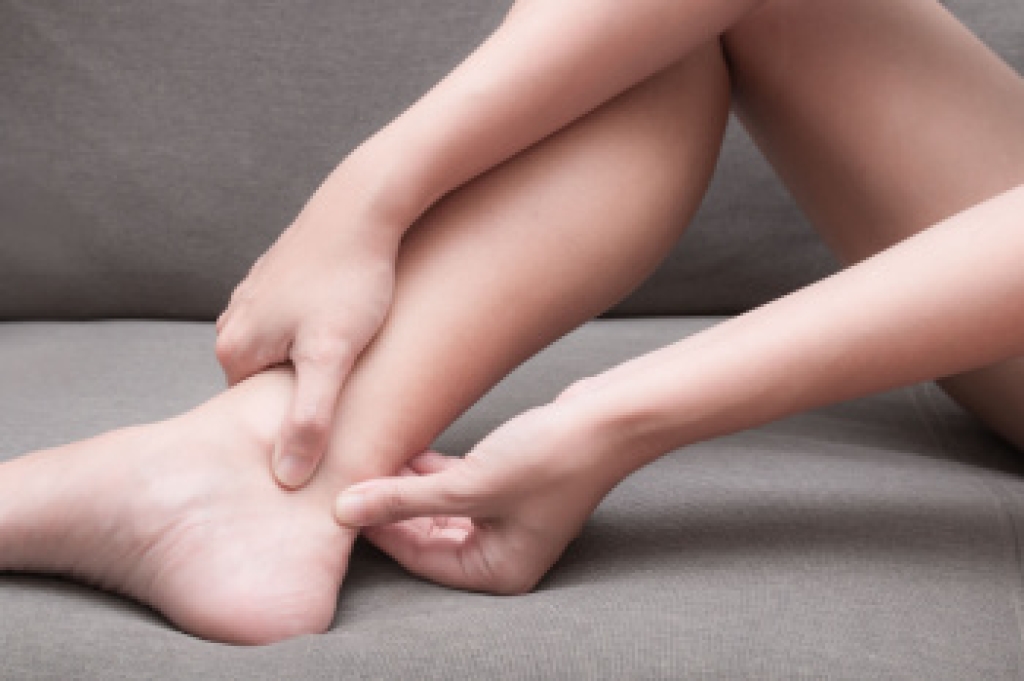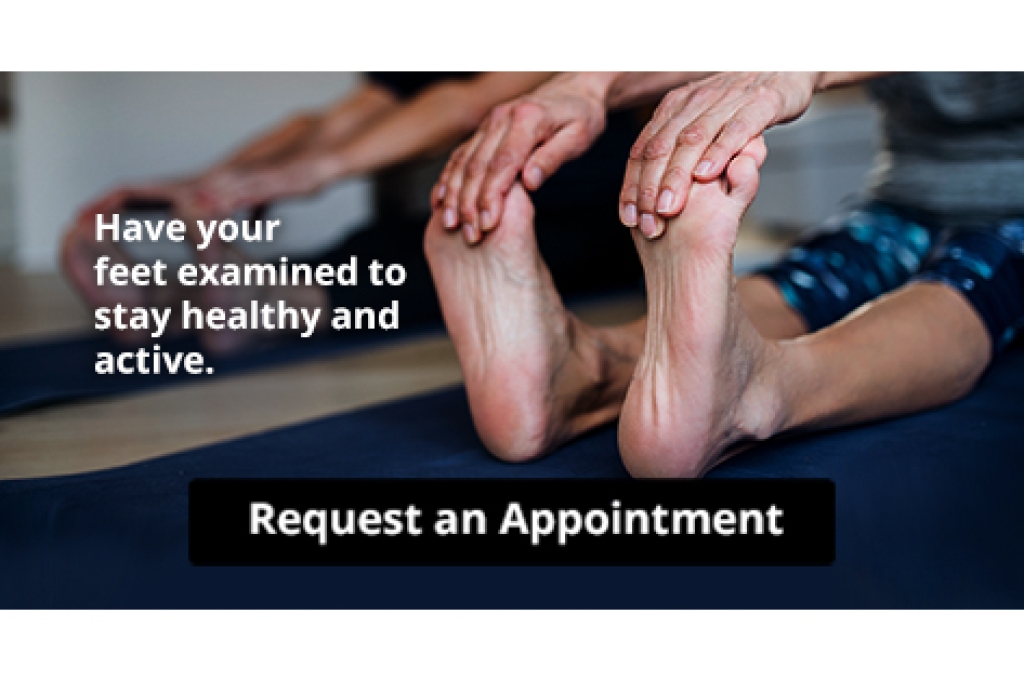
A bunionette, also known as a tailor’s bunion, is a bony bump that forms on the outside of the foot near the base of the little toe. It develops when the fifth metatarsal bone shifts outward while the toe moves inward. This is often due to inherited foot structure, poor footwear choices, or repetitive pressure on the side of the foot. Symptoms include redness, swelling, and pain, especially when wearing tight or narrow shoes. The area may appear raised and tender, and the skin can become irritated or callused. Walking or standing for long periods may worsen the discomfort. A podiatrist can diagnose a bunionette through physical examination and imaging to assess the alignment of the bones. Treatment may include shoe modifications, padding, custom orthotics, and anti-inflammatory measures. In more severe cases, surgery may be needed to correct the deformity. If you notice a painful bump near your little toe, it is suggested that you make an appointment with a podiatrist for help.
If you are suffering from bunions, contact one of our podiatrists of Ocotillo Foot and Ankle Centers. Our doctors can provide the care you need to keep you pain-free and on your feet.
What Is a Bunion?
A bunion is formed of swollen tissue or an enlargement of boney growth, usually located at the base joint of the toe that connects to the foot. The swelling occurs due to the bones in the big toe shifting inward, which impacts the other toes of the foot. This causes the area around the base of the big toe to become inflamed and painful.
Why Do Bunions Form?
Genetics – Susceptibility to bunions are often hereditary
Stress on the feet – Poorly fitted and uncomfortable footwear that places stress on feet, such as heels, can worsen existing bunions
How Are Bunions Diagnosed?
Doctors often perform two tests – blood tests and x-rays – when trying to diagnose bunions, especially in the early stages of development. Blood tests help determine if the foot pain is being caused by something else, such as arthritis, while x-rays provide a clear picture of your bone structure to your doctor.
How Are Bunions Treated?
- Refrain from wearing heels or similar shoes that cause discomfort
- Select wider shoes that can provide more comfort and reduce pain
- Anti-inflammatory and pain management drugs
- Orthotics or foot inserts
- Surgery
If you have any questions, please feel free to contact our offices located in Chandler, and Phoenix, AZ . We offer the newest diagnostic and treatment technologies for all your foot care needs.







